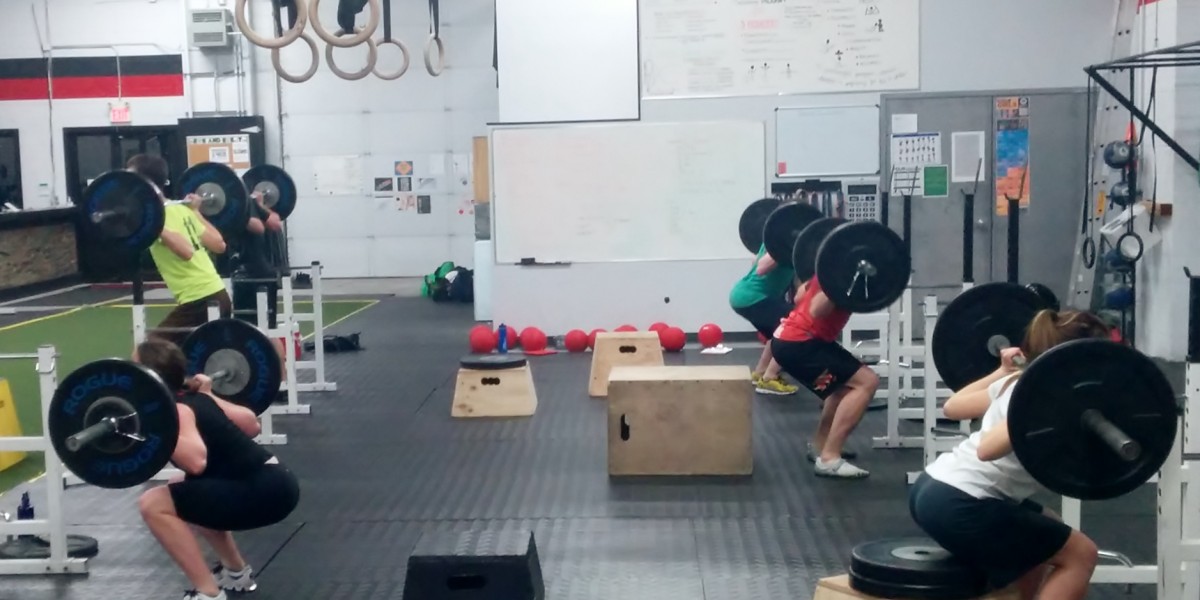
Part one of the Stability Series introduced the gluteal muscles, highlighted their important role in athletic performance, and prescribed a series of static stretches and self-tests designed to raise your glute awareness. I hope that you have been able to spend some time with the pigeon stretch, have tried the Trendelenburg Test, and are well on your way to becoming a master of your own booty. If not, I recommend going back and reviewing the first article and trying out some of the static stretches and self-assessments before continuing with part two, which provides a series of exercises that address potential glute muscle inconsistencies and asymmetries discovered through the assessment tools provided in part one.
Ultimate players would benefit by incorporating exercises designed to raise gluteal awareness. Often under-utilized, the glute muscles drive athletic performance and serve as both injury-preventing stabilizers and dynamic launching devices for big plays. While traditional strength lifts, squats, lunges, and rear elevated split squats may recruit some of the desired musculature, poor motor patterning often leads to improper mechanics. I have found success incorporating some isometric movements into the warm-ups, cool-downs, and mobility sessions for my athletes. Injury prevention and performance start with priming the correct movers before a grueling training day or epic final game.
Movements such as the side lying hip abduction, glute bridge variants, and monster walks all strengthen potentially underdeveloped muscle groups and help your body relearn basic patterns. Once a level of competence is acquired, these same exercises prime the body for more complex movements like the kettlebell swing, the banded good morning, various squat derivatives, and the clean and jerk. Even my most advanced athletes still incorporate these basic movements in their warm-ups and rest days. Perform the prescribed mobility fixes, try out the following exercises for three to six weeks, and then revisit the Trendelenburg test and unilateral step-up.
- Begin by lying on your side.
- Angle your top foot down and squeeze every muscle in your body.
- Slowly raise your top leg.
- If you do not feel it in your bum, apply pressure to the side of your buttock with your thumb and ensure that you are angling your foot downwards.
- Maintain a consistent, smooth pace throughout the movement.
- Work up to three sets of twenty.
- Common faults: moving too fast while lowering the leg; not keeping the upper body tight.
- Begin by placing a mini-band around your knees.
- Lay down on your back.
- Bend your knees so your feet are flat on the floor.
- Attempt to get your belly as tight as possible; think about driving your back into the ground while simultaneously inflating your tummy and driving your belly button towards the ceiling.
- Ensure that your weight is on your heels.
- Push out against the mini-band and squeeze your bum to move your pelvis off of the ground.
- Maintain a consistent, smooth pace throughout the movement.
- Common faults: moving too quickly; not maintaining a tight core; over-using hamstrings instead of glutes.
Sagittal Plane Monster Walk / Lateral Plane Monster Walk
- Begin by placing a mini-band around your knees.
- Sit back while maintaining a vertical shin, mimicking your defensive stance.
- Have your feet slightly outside of your hips, inside of your shoulders.
- For the Sagittal Plane Monster Walk, step forwards or backwards.
- For the Lateral Plane Monster Walk, side-step left or right.
- Continue 10 yards in either direction.
- Common faults: letting the band pull your feet too far in between steps; not maintaining a vertical shin.
Two issues often restrict an athlete’s glute utilization: a lack of mobility and underdeveloped movement patterns. Ultimate players should develop stability and proprioception through glute bridge variations and single-leg exercises before attempting more complex movement patterns such as back squats and power cleans. During the off-season, athletes should begin their training by following a program that gradually introduces isometric movement patterns and builds towards compound exercises while taking care to address any mobility restrictions that arise. Ultimate’s unilateral nature necessitates a training plan that addresses the imbalances inherent to the sport. Hopefully, part one and two have provided some insight into gluteal stability. Future installments will discuss issues surrounding the trunk and mid-line, as well as strategies for strengthening the shoulder and rotator cuff.









Comments Policy: At Skyd, we value all legitimate contributions to the discussion of ultimate. However, please ensure your input is respectful. Hateful, slanderous, or disrespectful comments will be deleted. For grammatical, factual, and typographic errors, instead of leaving a comment, please e-mail our editors directly at editors [at] skydmagazine.com.